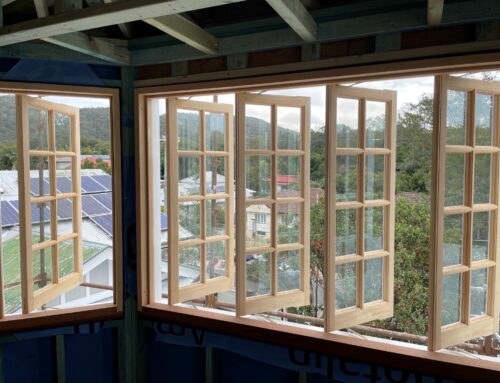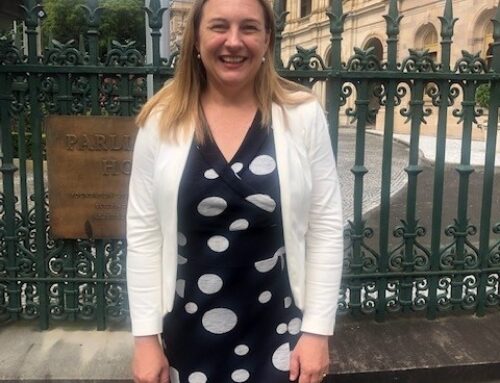I know I am not the only person to feel a deep sympathy to the victims and families of the White Island tragedy. As far as international tragedies go, this one feels closer to home than most.
When I was 16, as an exchange student in Sicily, my host family took me to the crater of an erupting Mt Etna. It was mesmerizing. Far from being a thrill seeking child (my parents once had to bribe me to get me to come down the slide at the McDonalds playground), I never felt unsafe. It seemed like a magical once in a lifetime opportunity watching lava spill from the crater. It was at this time of year too so the media likened it to “nature’s Christmas lights”.
Another thing that has brought the tragedy closer to home for me is that I know two people who were on the cruise. Fortunately, they did not take the tour to White Island but it was obviously very distressing for everyone on board.

It is not at all surprising that people are asking for answers. Should the tour company have provided warnings to the guests that the volcano was likely to erupt in such a way that it would pose a risk to the safety of visitors? Did the government know that the volcano posed a risk to visitors to the island? Should the island have been closed before the eruption? The New Zealand Government has promised an inquiry to answer these questions.
The tragedy has also occurred at the same time that RACQ is calling for a no fault CTP scheme to be introduced in Queensland. The argument is that time and resources are wasted in litigation over whether the injured party was an innocent victim of another road user’s negligence or whether the injuries are the result of the negligence of the injured person themselves.
New Zealand has had a no fault accident compensation scheme for many years. It is superficially appealing. I have acted for enough injured child pedestrians to know that the fault system has its draw backs. I also cannot pretend to be completely impartial. Under a no fault scheme, the role of the personal injuries lawyer is limited to administrative reviews of government decisions about medical treatment rather than the broader role we have in Queensland presently to investigate the cause of an accident and establish that our clients are the innocent party. I will therefore leave it to others to determine whether a no fault scheme is sustainable and better able to deliver services to those who most need them.
The point I do think needs to be made is that, in New Zealand, there are only two possible accountability outcomes from the inquiry into the cause of the White Island tragedy. Either there will be individuals or organisations who will be found to be criminally liable for allowing/facilitating people visiting the island or there will not. Civil liability allows accountability and answers in circumstances where someone is injured as a result of the actions of another without criminal sanctions being found to be warranted or necessary.
To bring it back to the Queensland CTP scheme, a no fault scheme would allow a drunk driver the same right to compensation as the person they hit.
When considering whether we want to move to a no fault scheme, I encourage all Queenslanders to think about how they feel about such a stark choice.

![Medical Records and Claims for Personal Injuries – Maher v Russell [2022] ACTSC 297](https://karelawyers.com.au/wp-content/uploads/2023/02/files.jpg)



